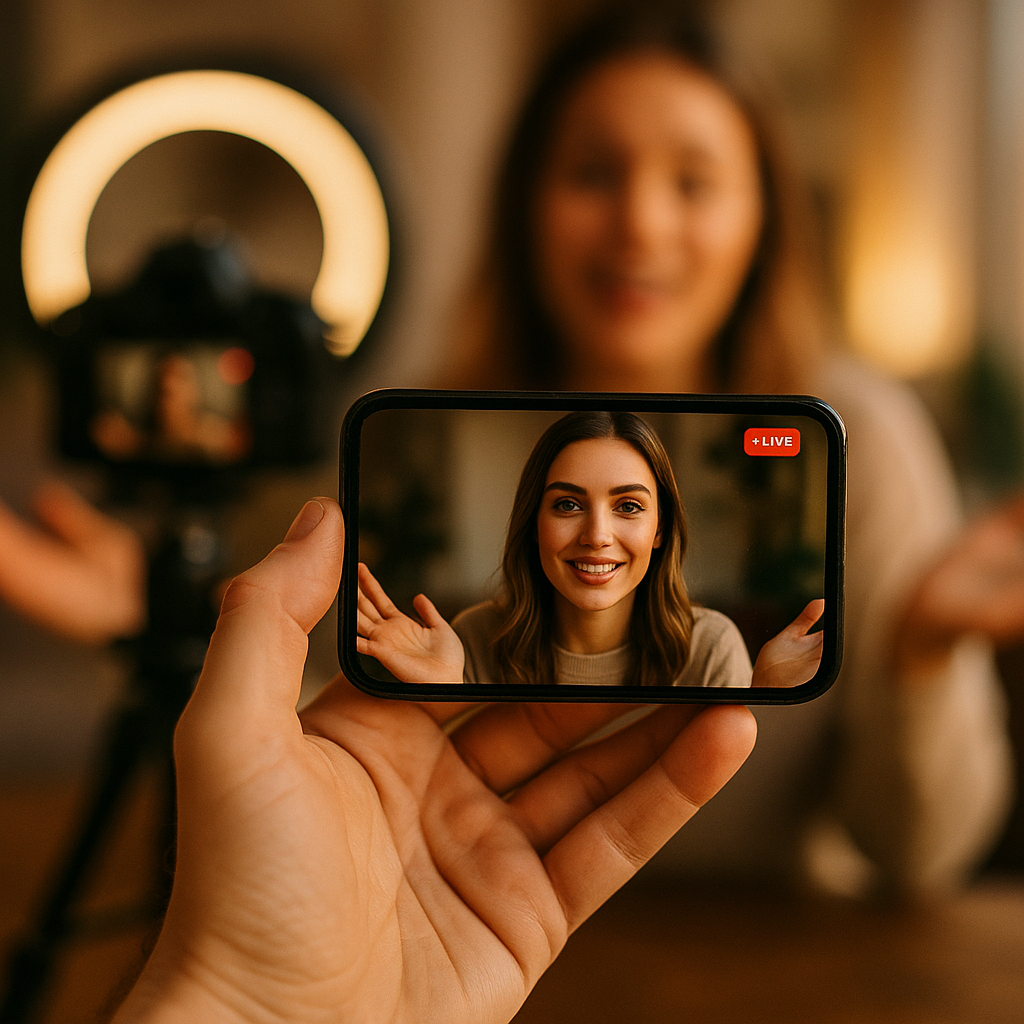The impact of deepfakes on influencer marketing trust has become a critical consideration for brands, influencers, and audiences alike. As artificial intelligence evolves, distinguishing authentic influencer content from manipulated media is increasingly difficult. How can consumers and marketers navigate the risks posed by convincing deepfakes in 2025?
Understanding Deepfakes in Influencer Marketing
Deepfakes are synthetic media generated by artificial intelligence, often superimposing a person’s likeness onto someone else’s video or creating entirely artificial content. In the influencer marketing space, deepfakes are used to replicate an influencer’s voice, appearance, and behavior, sometimes without their consent. From sponsored posts to video endorsements, deepfake technology can create realistic, but entirely fabricated, influencer interactions. While the innovation holds potential, it also raises pressing questions about authenticity and consent.
Influencer Trustworthiness in the Age of Synthetic Content
Building influencer trustworthiness remains pivotal to marketing success. Audiences expect genuine opinions, authentic testimonials, and demonstrated expertise. However, deepfakes threaten to undermine this trust by making it possible to attribute false statements or endorsements to influential personalities. In 2025, audiences are more digitally literate, but even seasoned internet users can be fooled by sophisticated deepfake content. Brands risk reputational damage when consumers feel deceived, highlighting the urgent need for robust authenticity checks and transparent communication about content provenance.
The Psychological Effect of Deepfakes on Consumer Confidence
The proliferation of consumer confidence influencer marketing hinges on the perceived honesty of influencer endorsements. Deepfakes exploit the close parasocial relationships followers have with influencers, making fabricated recommendations highly persuasive. As awareness about deepfakes spreads, skepticism grows—audiences may start questioning the legitimacy of even real influencer collaborations. This skepticism can erode trust, lower campaign engagement rates, and ultimately jeopardize ROI for brands investing in influencer partnerships. To retain consumer confidence, marketers must prioritize transparency and education on the signs of manipulated content.
Brand Credibility and Navigating Emerging Risks
Securing brand credibility in influencer campaigns is more challenging than ever in the era of deepfakes. Being associated with a deepfake scandal—knowingly or unknowingly—can cause long-term damage to a company’s reputation. Brands must implement rigorous due diligence processes, such as verifying influencer content sources, working only with vetted talent agencies, and using advanced deepfake detection tools. Some brands in 2025 now require influencers to submit raw footage or contractually prohibit the use of AI-generated likenesses for sponsored content. Transparent practices and clear policies distinguish credible brands from those vulnerable to manipulation.
Technological Solutions and Regulatory Responses
Adopting technological solutions to influencer deepfakes is crucial for safeguarding the integrity of digital marketing campaigns. Developments in AI and blockchain authentication allow brands to track content origin and ensure veracity. Major social platforms in 2025 have started integrating deepfake detection systems and clear labeling of synthetic media. Regulatory bodies are also enacting guidelines that require disclosure when content features AI-generated likenesses. Staying compliant with these evolving regulations protects both consumers and brands, signaling commitment to ethical influencer partnerships.
Best Practices for Maintaining Influencer Marketing Trust Amid Deepfakes
To uphold influencer marketing trust in the digital era, brands and creators must adapt to new standards:
- Openly disclose when AI-edited or synthetic content is used in influencer campaigns.
- Educate followers on how to spot manipulations, sharing resources to boost media literacy.
- Use secure and transparent contracts with influencers, explicitly addressing deepfakes and consent.
- Partner with reputable talent management firms that enforce strict ethical standards.
- Continuously monitor influencer content using state-of-the-art detection tools.
By implementing these strategies, brands can sustain genuine connections and ensure their influencer marketing remains both effective and trusted.
Conclusion: Navigating the New Frontier of Influencer Authenticity
The impact of deepfakes on influencer marketing trust will continue to reshape digital campaigns in 2025. By prioritizing transparency, leveraging technology, and fostering educated audiences, brands can protect authenticity and build resilient influencer relationships. Staying vigilant and proactive is the key to thriving in this evolving landscape.
FAQs: Deepfakes and Influencer Marketing Trust
-
What is a deepfake in influencer marketing?
A deepfake is AI-generated media that mimics an influencer’s appearance or voice, often used in videos or images to create convincing but false endorsements or content. -
Why are deepfakes a threat to influencer marketing trust?
Deepfakes can mislead audiences, attributing endorsements or statements to influencers without their consent, undermining the authenticity central to influencer marketing success. -
How can brands detect and prevent deepfakes?
Brands can use AI-powered detection tools, demand raw footage from influencers, and only collaborate with verified talent agencies. Training staff in media literacy also helps catch manipulated content. -
What should influencers do to protect their reputation?
Influencers should use secure contracts, monitor for unauthorized use of their image, and proactively educate their audiences about potential deepfakes bearing their likeness. -
Will regulations protect consumers from deepfakes in influencer marketing?
Yes, regulatory bodies are enacting new standards requiring disclosure of AI-generated content. These rules aim to increase transparency and hold brands and influencers accountable for authenticity.
